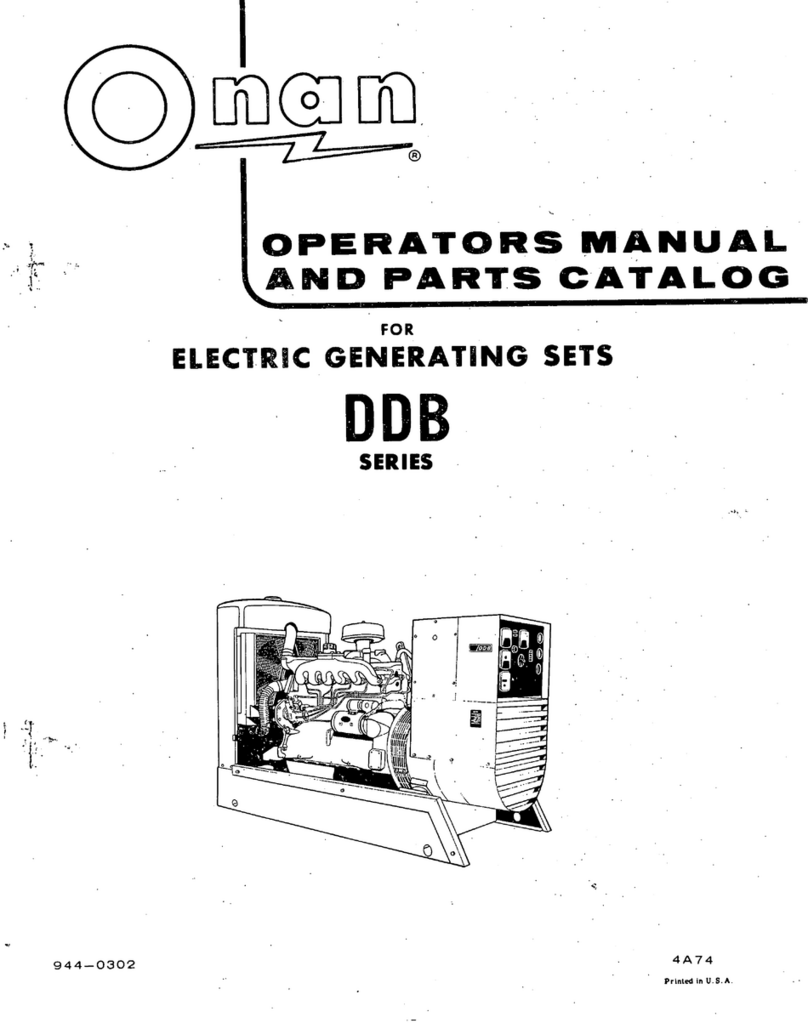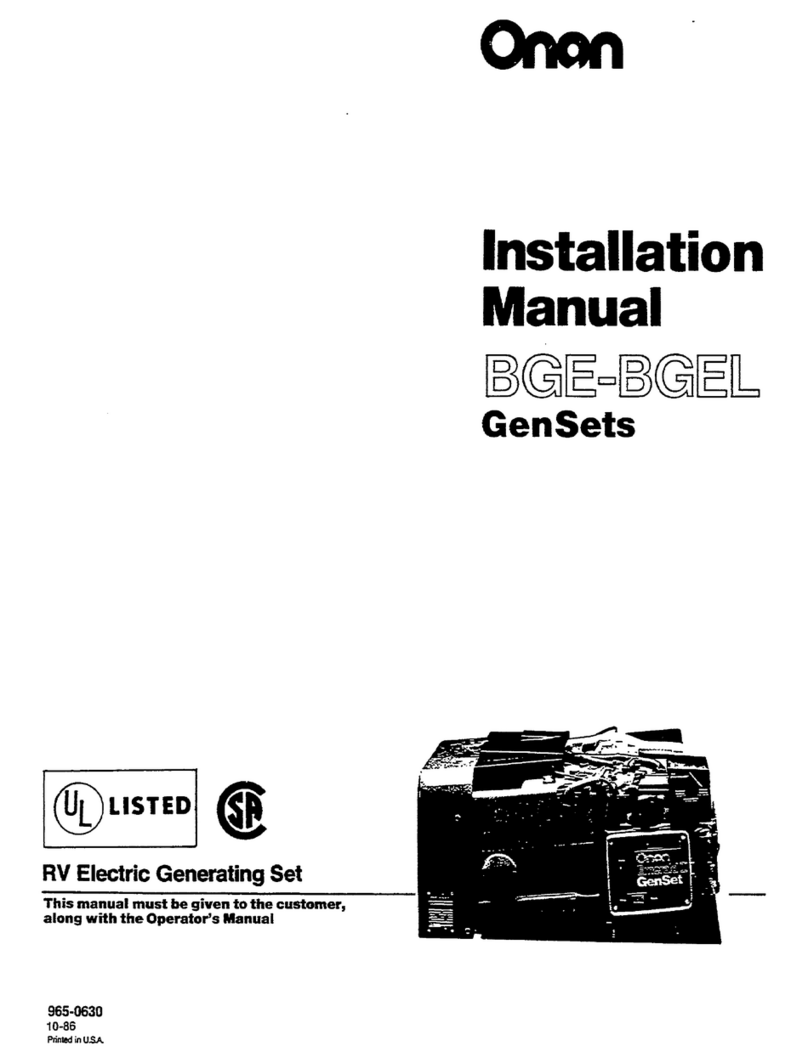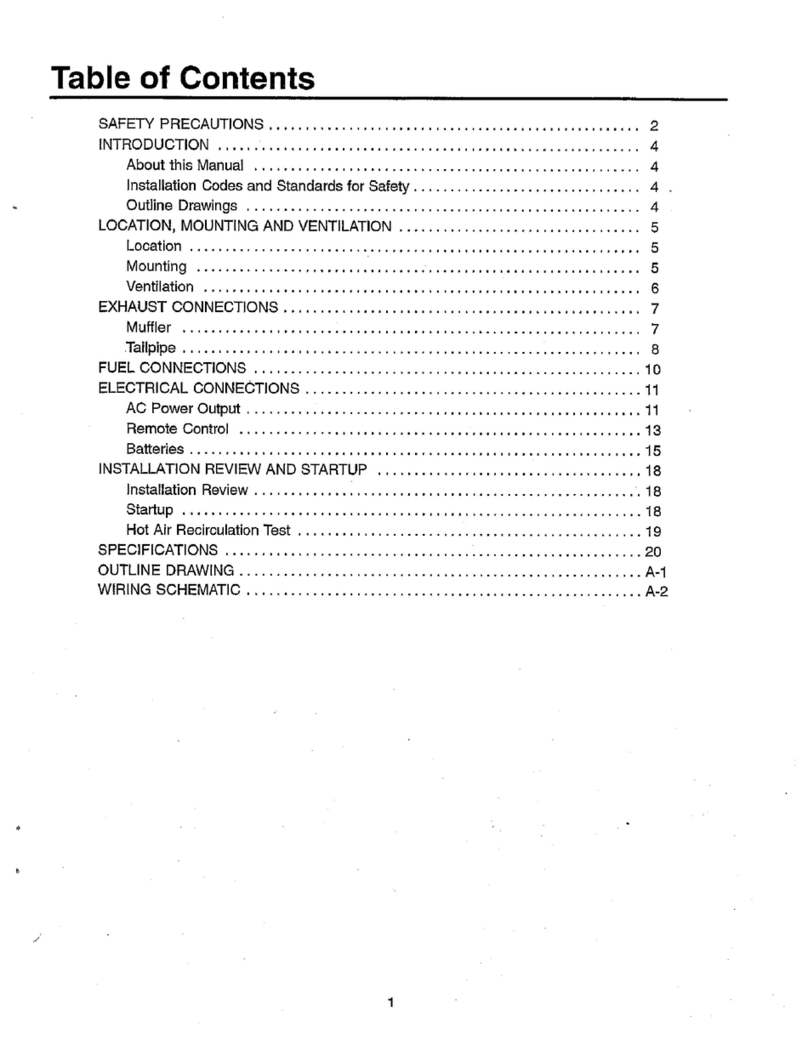Onan 3.0 AJ User manual
Other Onan Portable Generator manuals
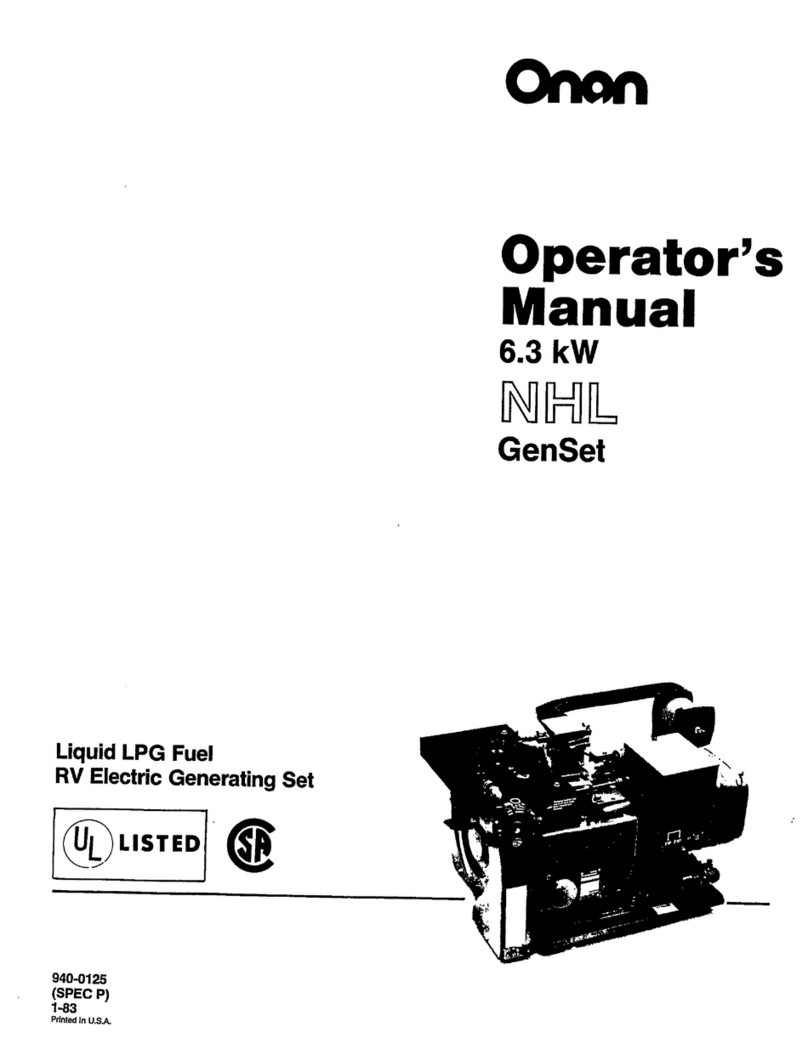
Onan
Onan GenSet NHL User manual
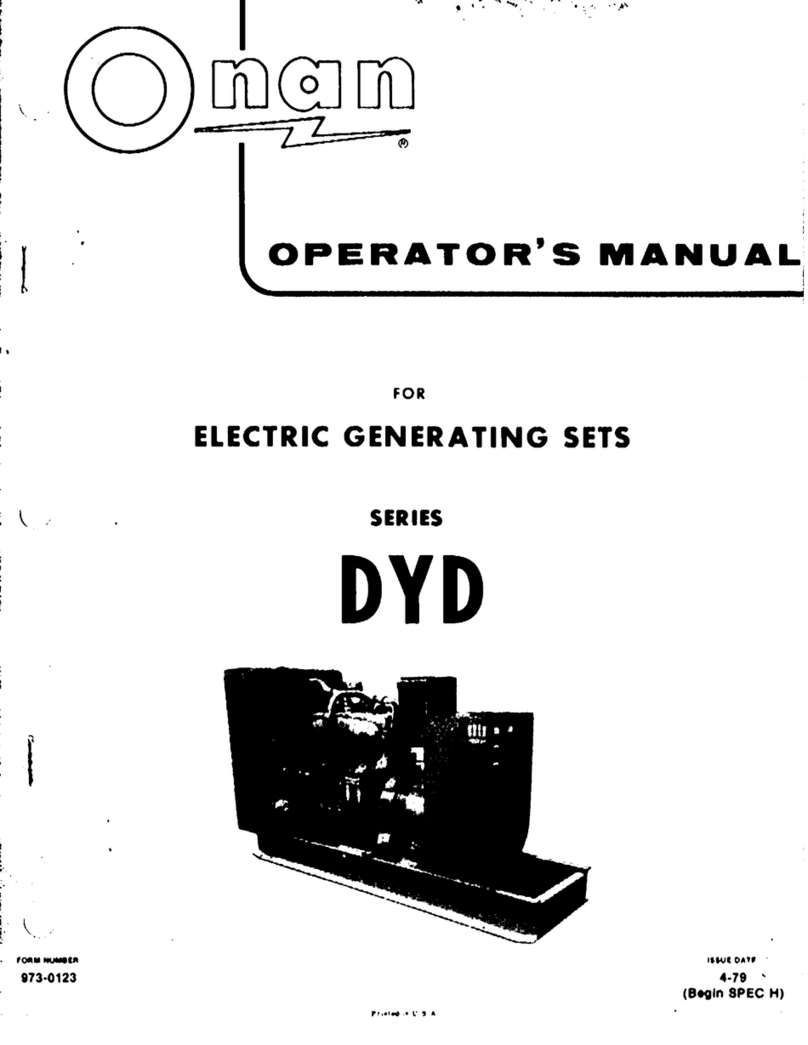
Onan
Onan DYD Series User manual

Onan
Onan MGKBC Series User manual
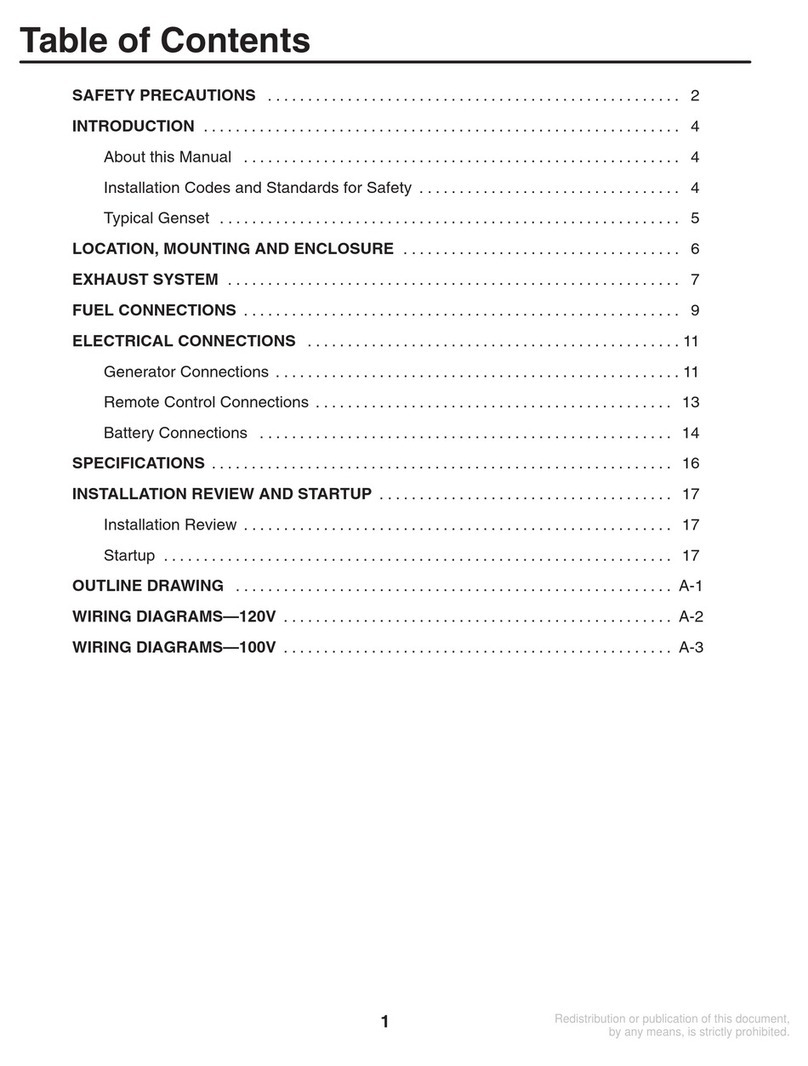
Onan
Onan KVC Series User manual
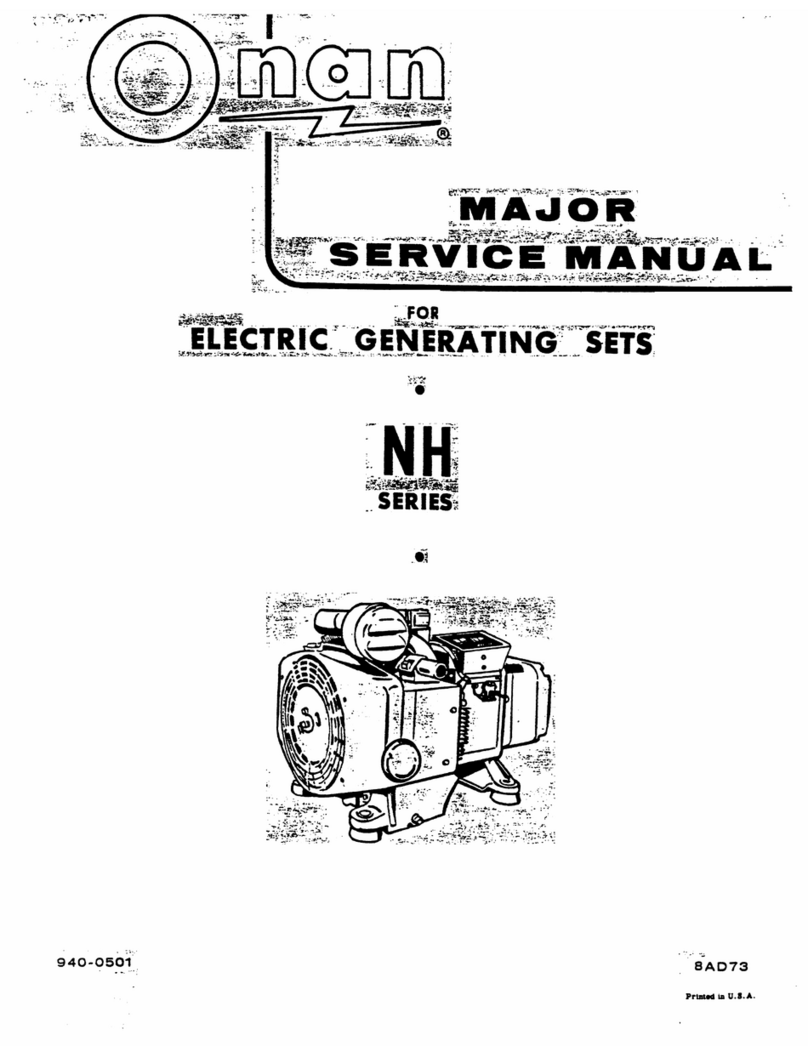
Onan
Onan NH User manual
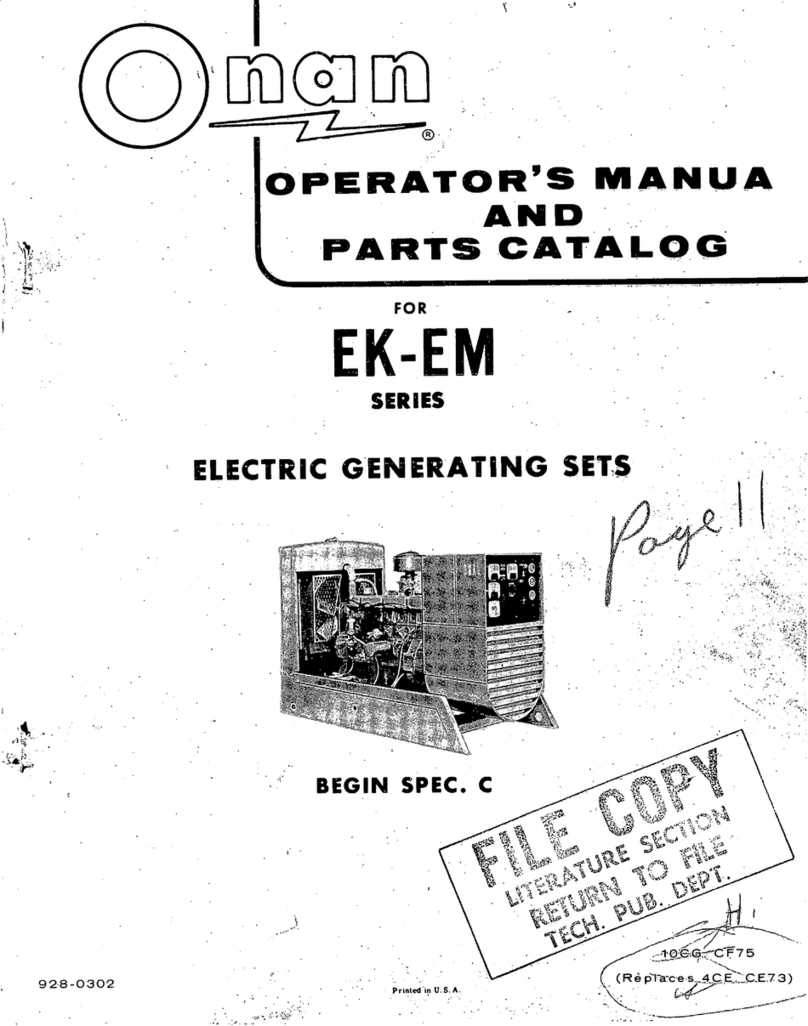
Onan
Onan EM Series Instruction Manual
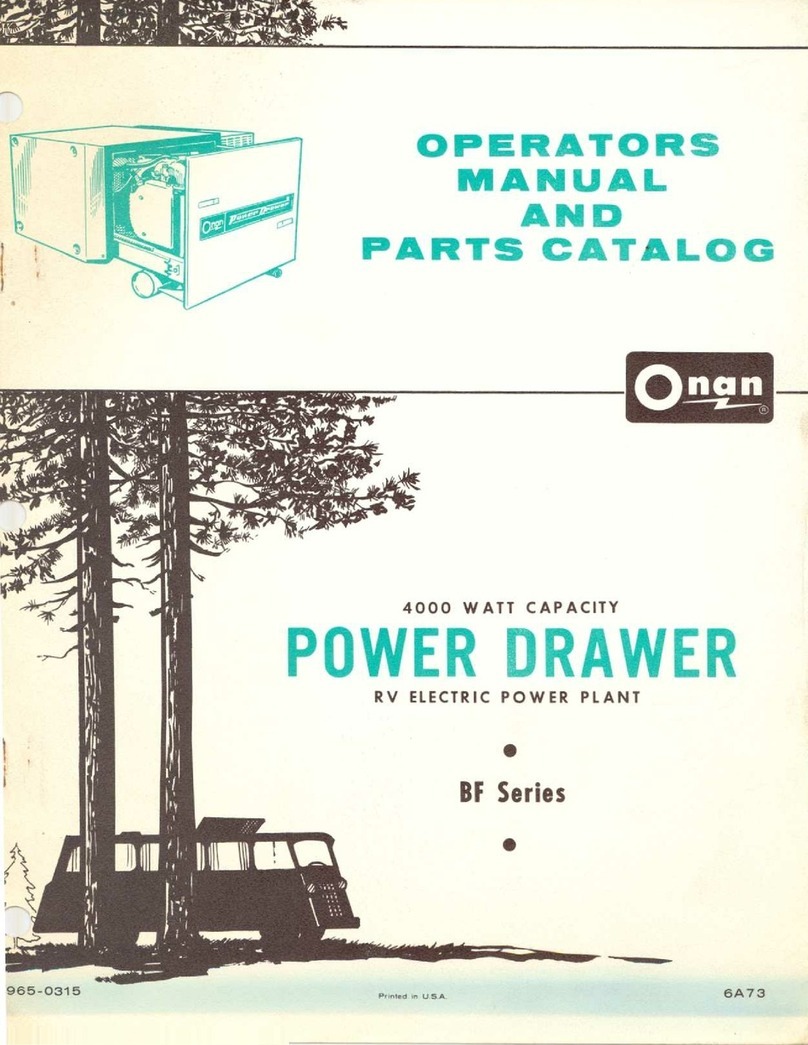
Onan
Onan BF Series User manual
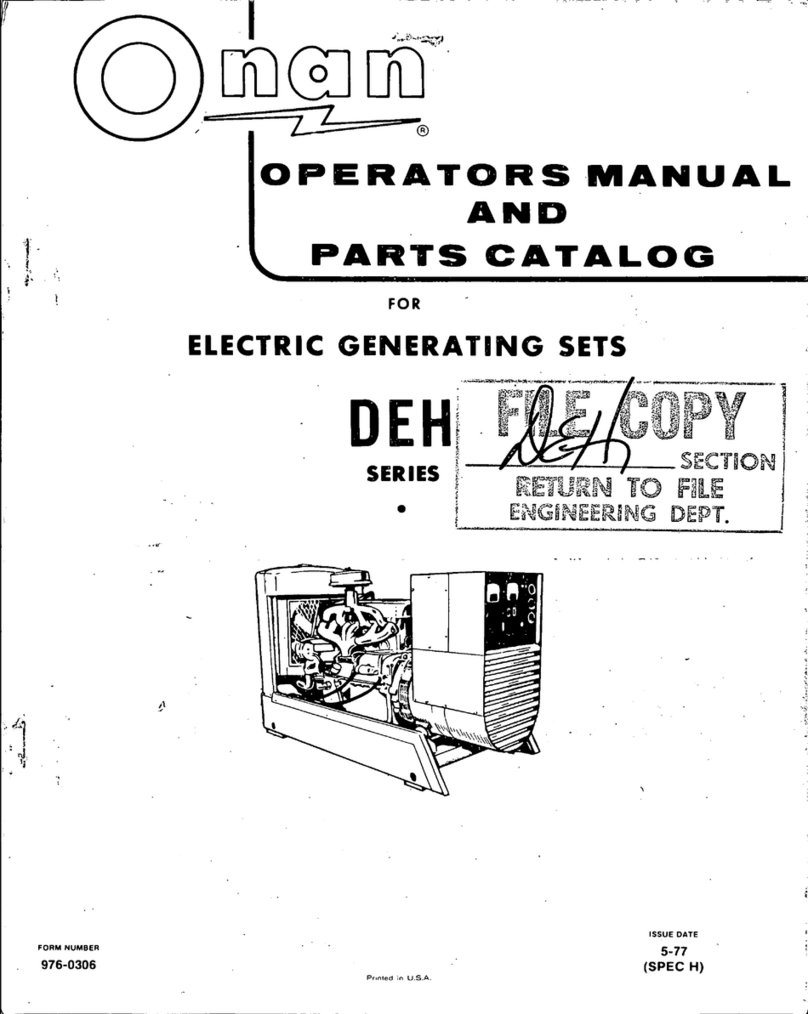
Onan
Onan 25.0 DEH-53R Series Instruction Manual
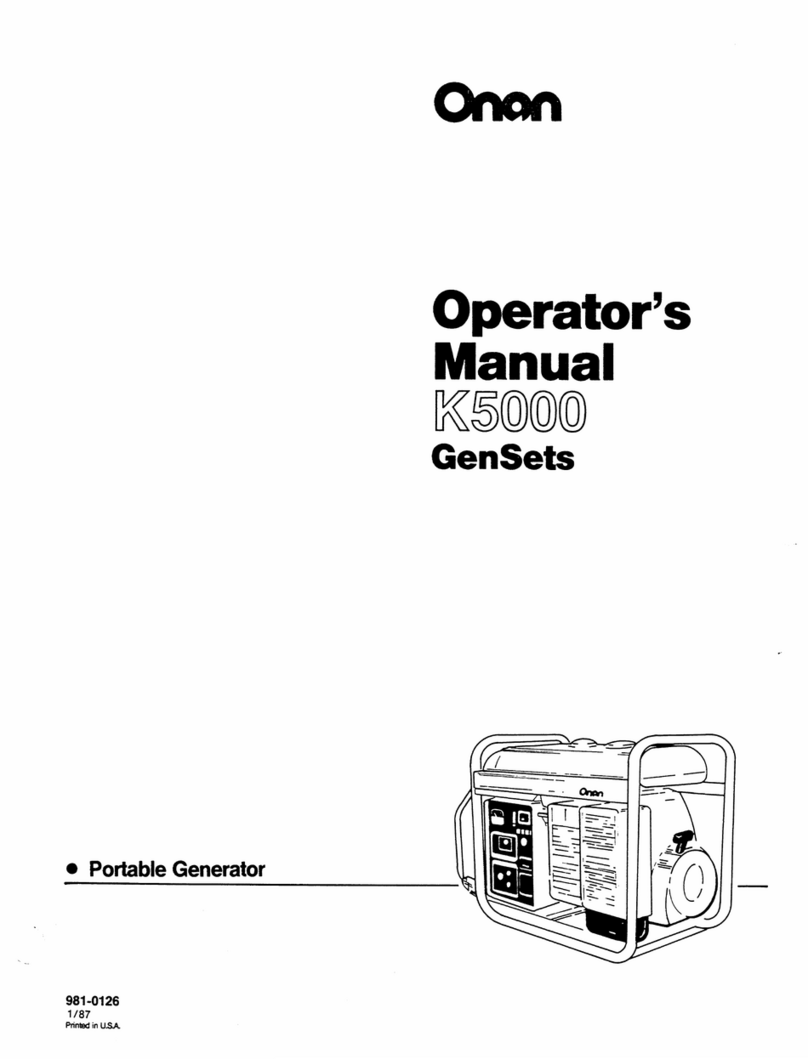
Onan
Onan K5000 User manual
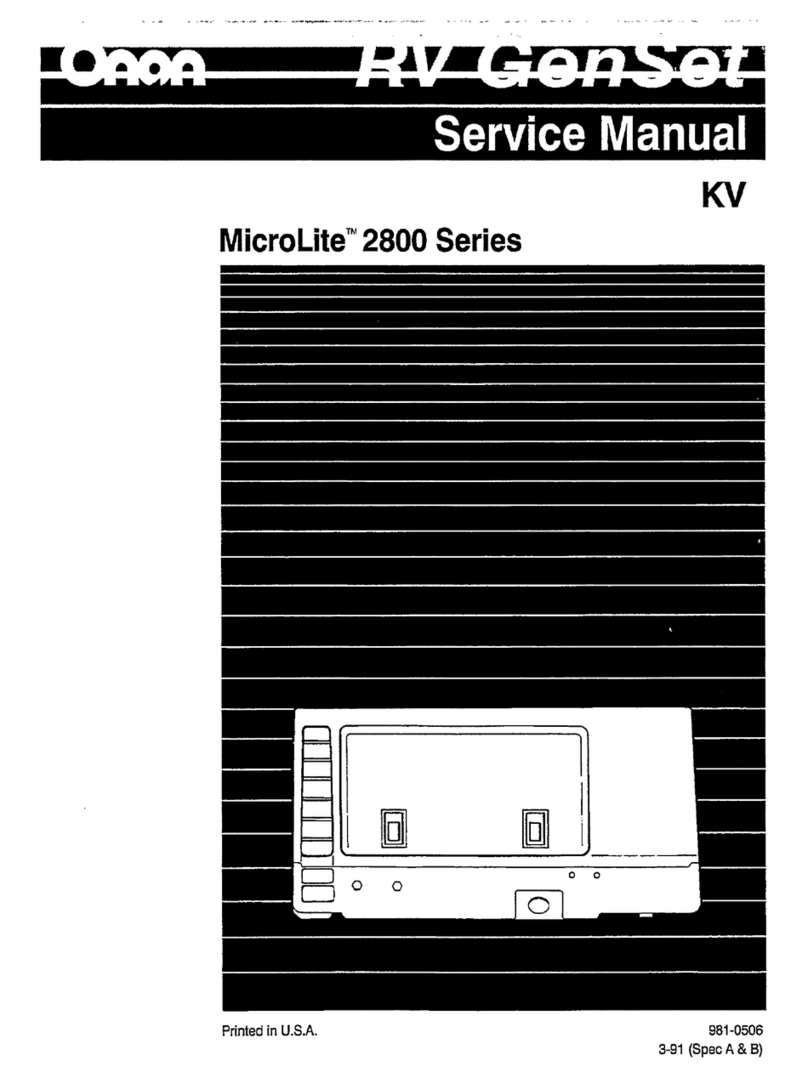
Onan
Onan MicroLite 2800 Series User manual
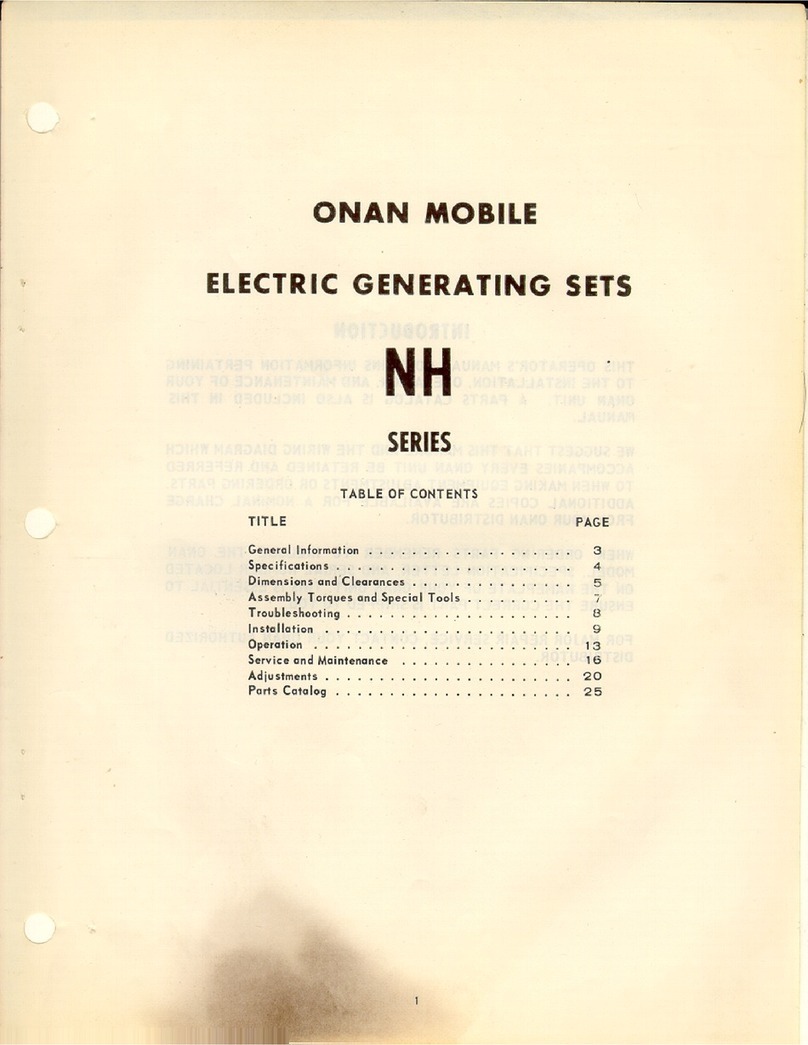
Onan
Onan NH User manual
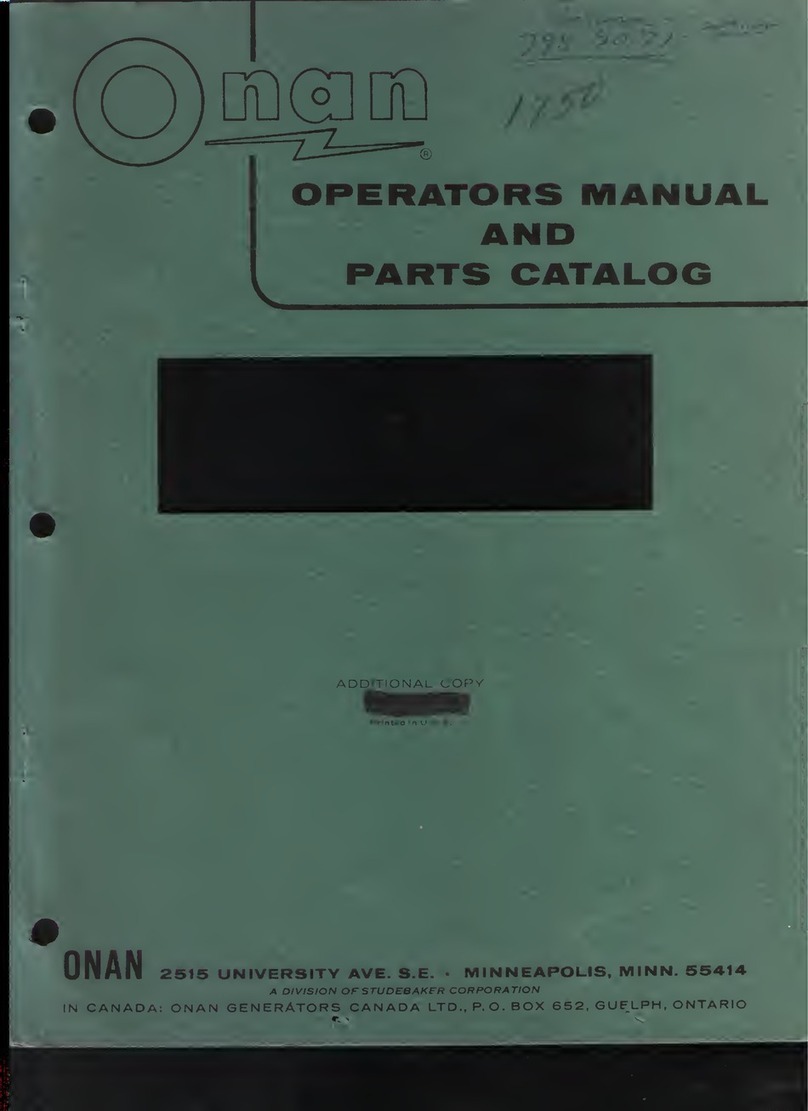
Onan
Onan MCCK Instruction Manual

Onan
Onan MDKBK User manual
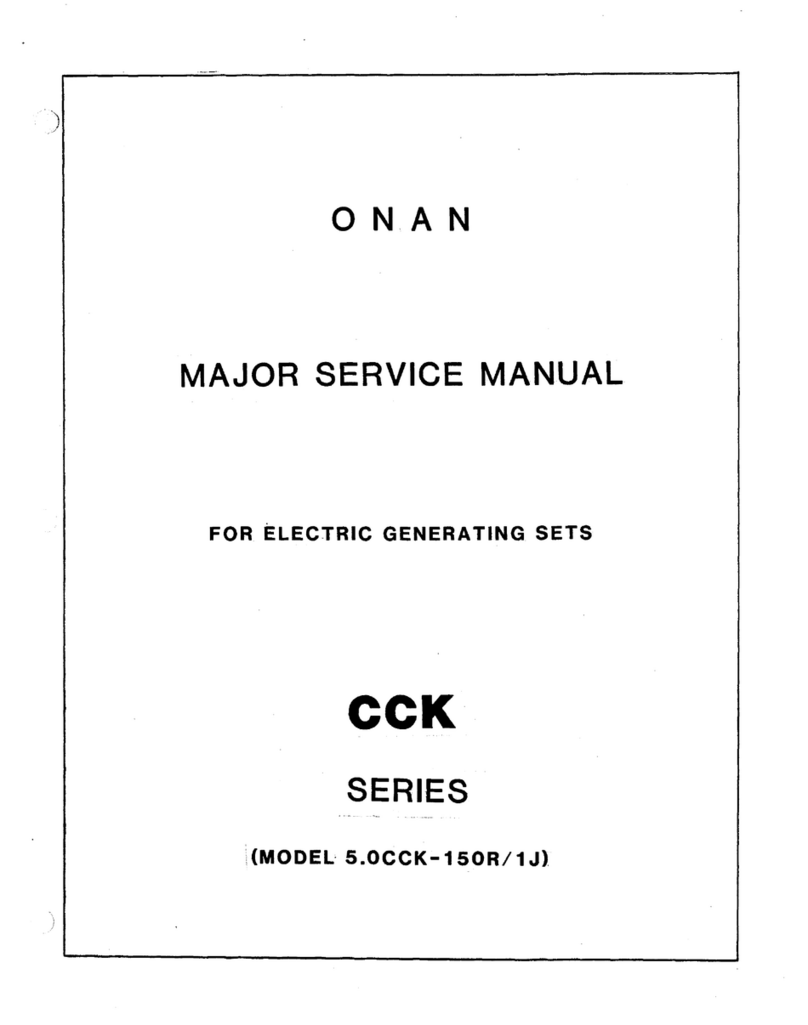
Onan
Onan CCK Series User manual
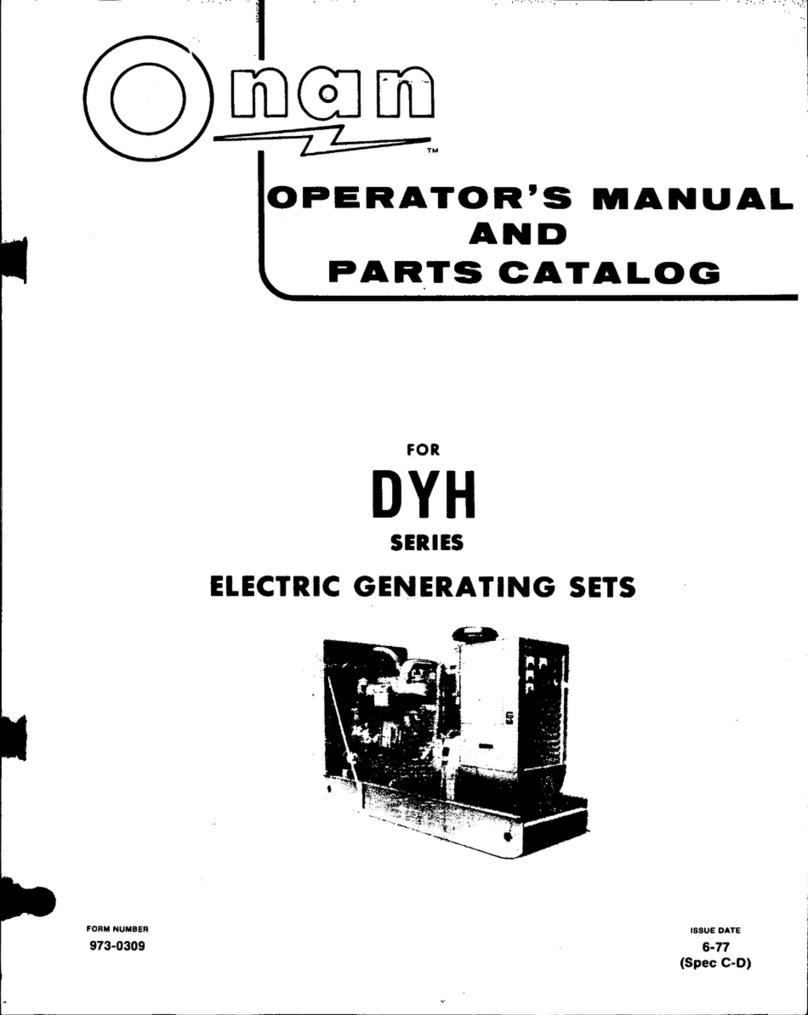
Onan
Onan DYH Series Instruction Manual
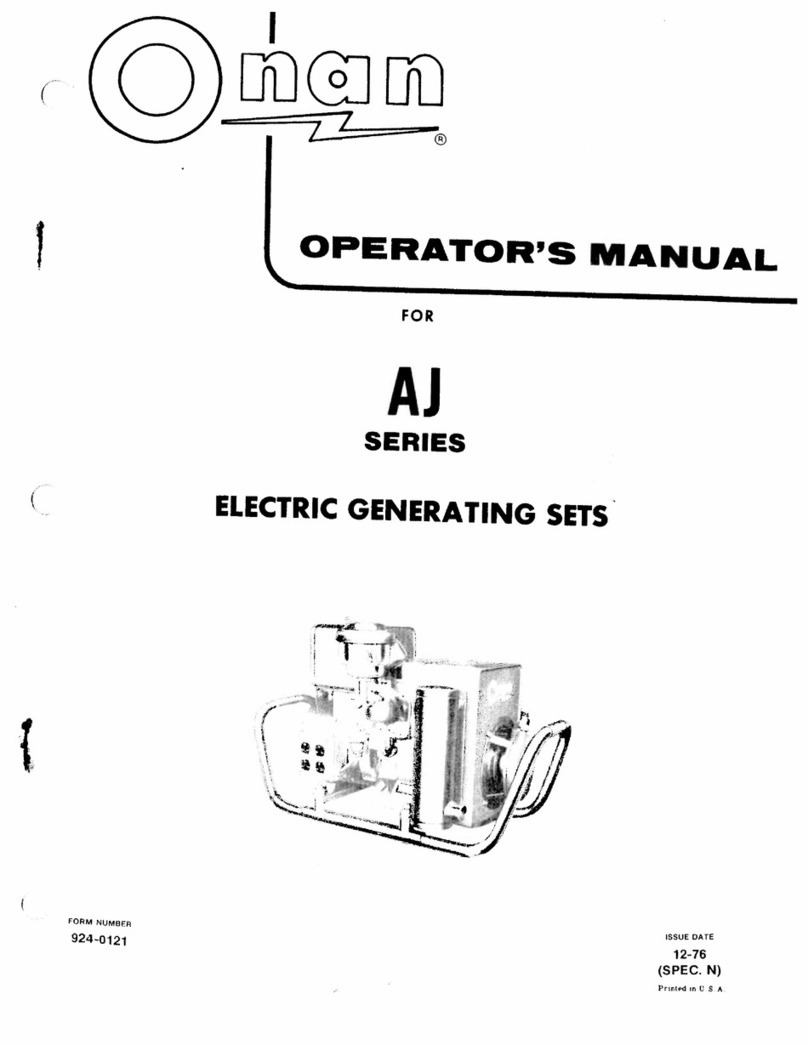
Onan
Onan aj series User manual
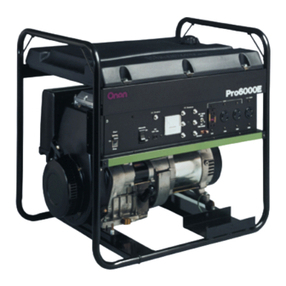
Onan
Onan EGH User manual
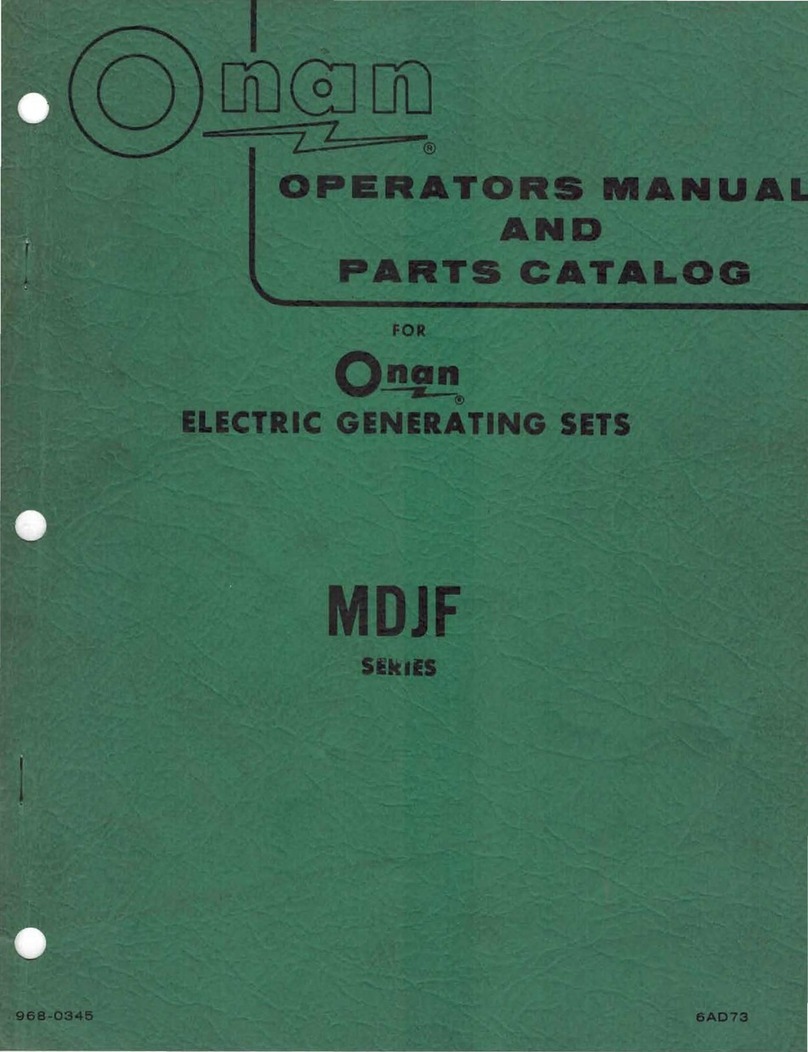
Onan
Onan MDJF Series Instruction Manual

Onan
Onan DKHA Series User manual
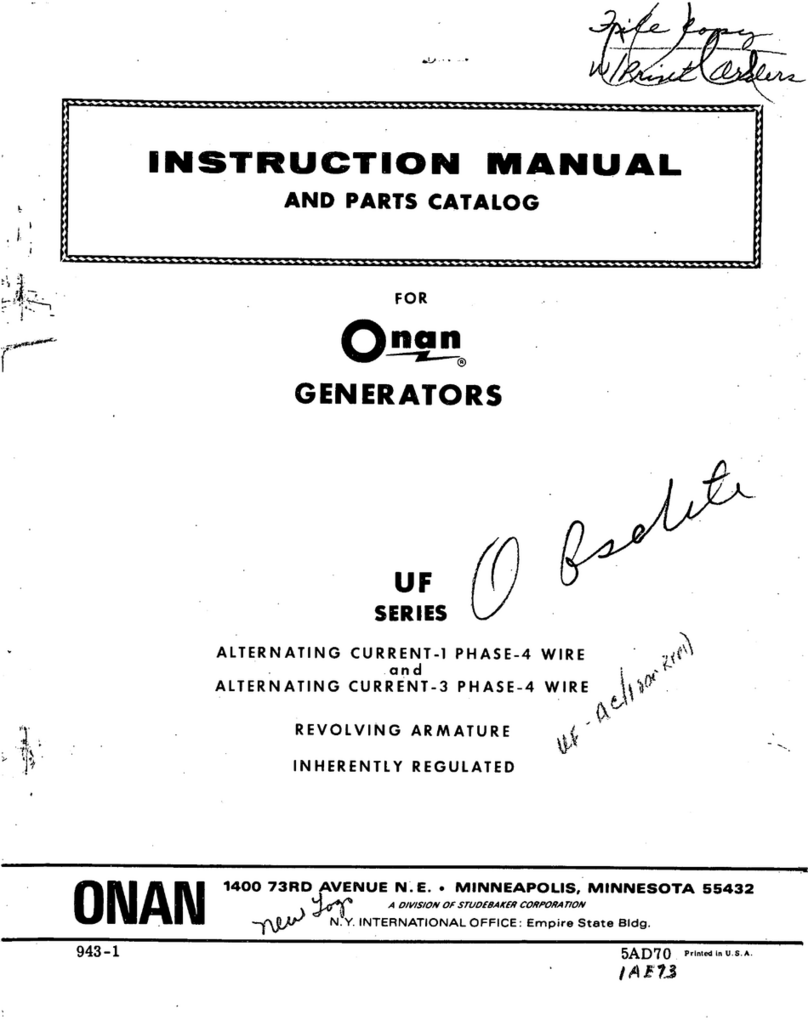
Onan
Onan UF Series Instruction Manual
